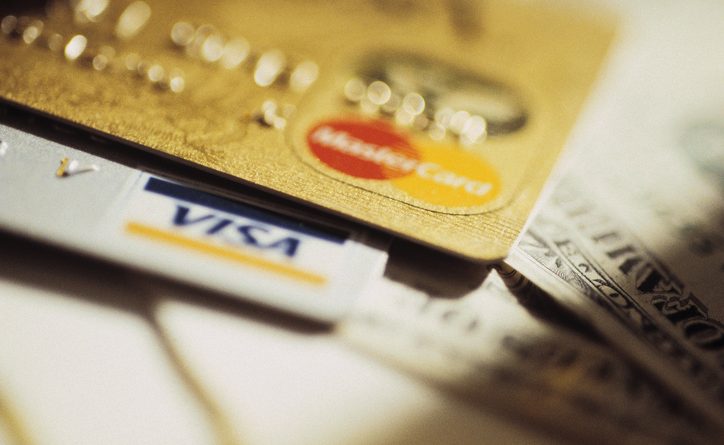When it comes to determining credit scores, credit risks, and interest rates, FICO® the go-to firm – handling over 10 billion credit requests globally. The FICO® Score is a numerical credit rating that has the power to decide whether a request for borrowed capital is accepted or denied. Likewise, interest rates for borrowers are also decided according to FICO® Score, giving it worldwide influence over finance.
But have you ever wondered how FICO® calculates a credit score?
There’s no doubt that FICO® isn’t entirely forthcoming with their method of determining credit ratings – they can’t be if they want to stay number 1 in the business – but they are vocal enough about the five most important items or categories that they investigate. FICO spokesman Craig Watts says that the company pays “the most attention to how you have paid back lenders in the past and how much you are using of the credit available to you”. These factors are shown in your credit report and make up two-thirds of any individual FICO® Score.
We’ve conveniently broken down all five components to a FICO® Score below.
1. Payment History: Past debt payment
What FICO® deems “past long-term behaviour” is used to predict long-term behaviour in the future, thus impacting the foreseeable risk in affording credit to certain people over others. This factor makes up 35% of your FICO® Score.
There are two main categories of payment history and FICO® cares about both of them. Make sure that you are paying both revolving loans such as credit card debt off, as well as making on-time installment loan payments like those demanded by mortgages or student debt. Unsurprisingly, FICO®warns that defaulting on a larger-scale loan like a mortgage will damage your FICO® Score more than missing a smaller payment on a revolving loan.
2. Credit Utilization: How much of your available credit has been used
This factor accounts for a full 30 percent of your credit score with FICO®.
FICO® considers people who have regularly maxed out their credit cards, or who keep a high credit balance, as irresponsible and unable to pay off debt. The best scores are awarded to people who use 7-20 percent of their available credit. Any more than that is damaging to your score. Keep in mind, though, that this percentage is applicable to both individual cards and overall credit availability between cards or accounts.
3. Credit History: How long you have been using credit
15 percent of your FICO® Score depends on this factor. This includes both how long you have had the credit card or account in combination with how recent your last action or payment was.
If you’re young and discouraged by your FICO® Score, keep this factor in mind. It is near-impossible for someone new to credit to have a high or perfect rating. More time mean more information for FICO® to examine and more evidence on the type of person you are in terms of debt repayment.
4. New Credit: Your recent usage of credit
This comprises 10 percent of FICO®’s Score. This is where things get a little complicated. FICO® recommends that people, whether new to credit or not, refrain from opening too many lines of credit at a time. By doing so, you give the impression to lending institutions that you are financially unstable or in trouble. Borrowers should space out the opening of new credit lines for when they are necessary or strategic.
5. Credit Mix: How many different kinds of credit you have
This makes up the final 10% of your FICO® Score. However, while it’s recommended against to open multiple lines of credit at the same time, it is looked upon positively to have a wide range of maintained accounts and credit types. A mix of installment and revolving loans that is paid successfully and regularly demonstrates that an individual can handle multiple kinds of debt and will be of low risk to potential lenders.
Featured Image: Thinkstock/Comstock




